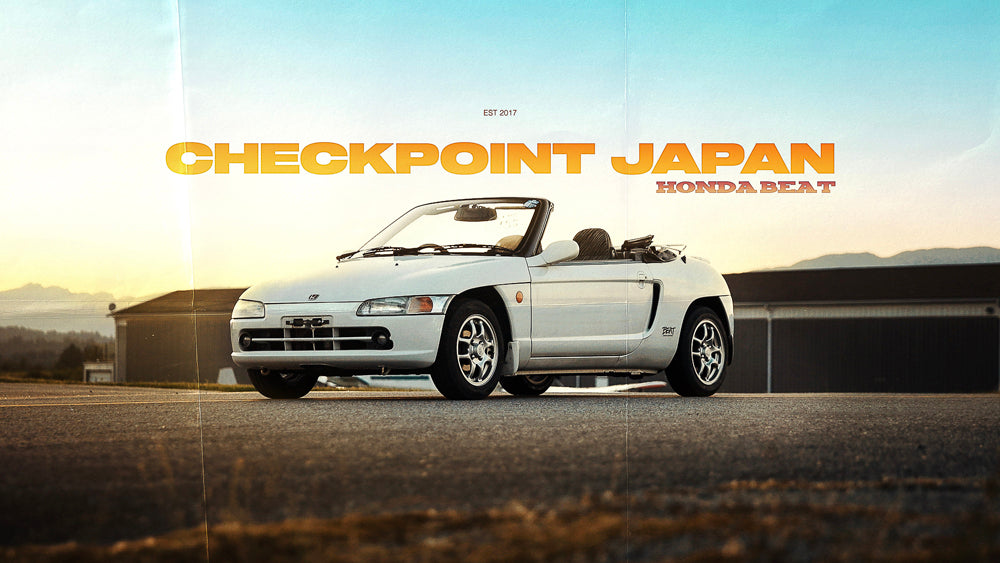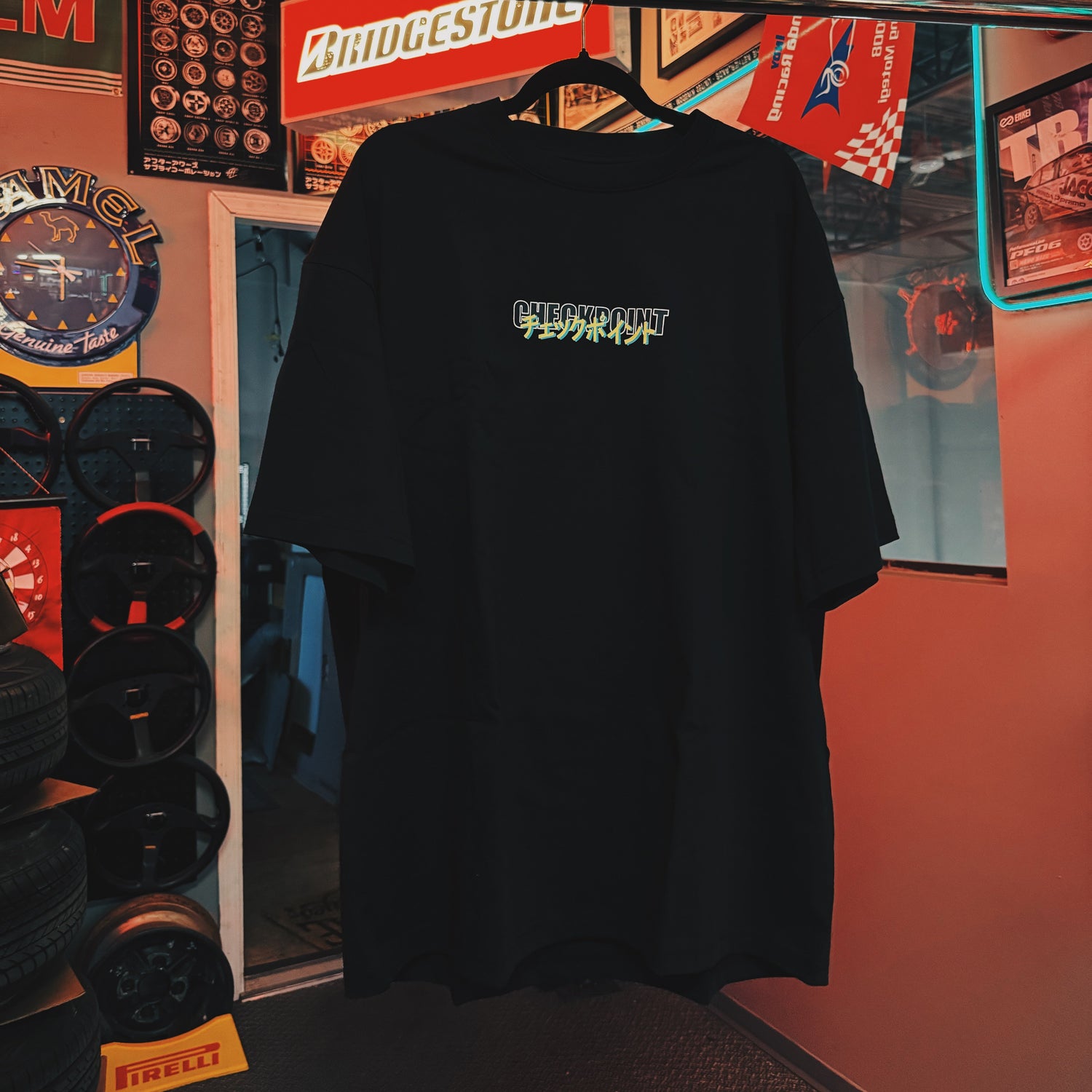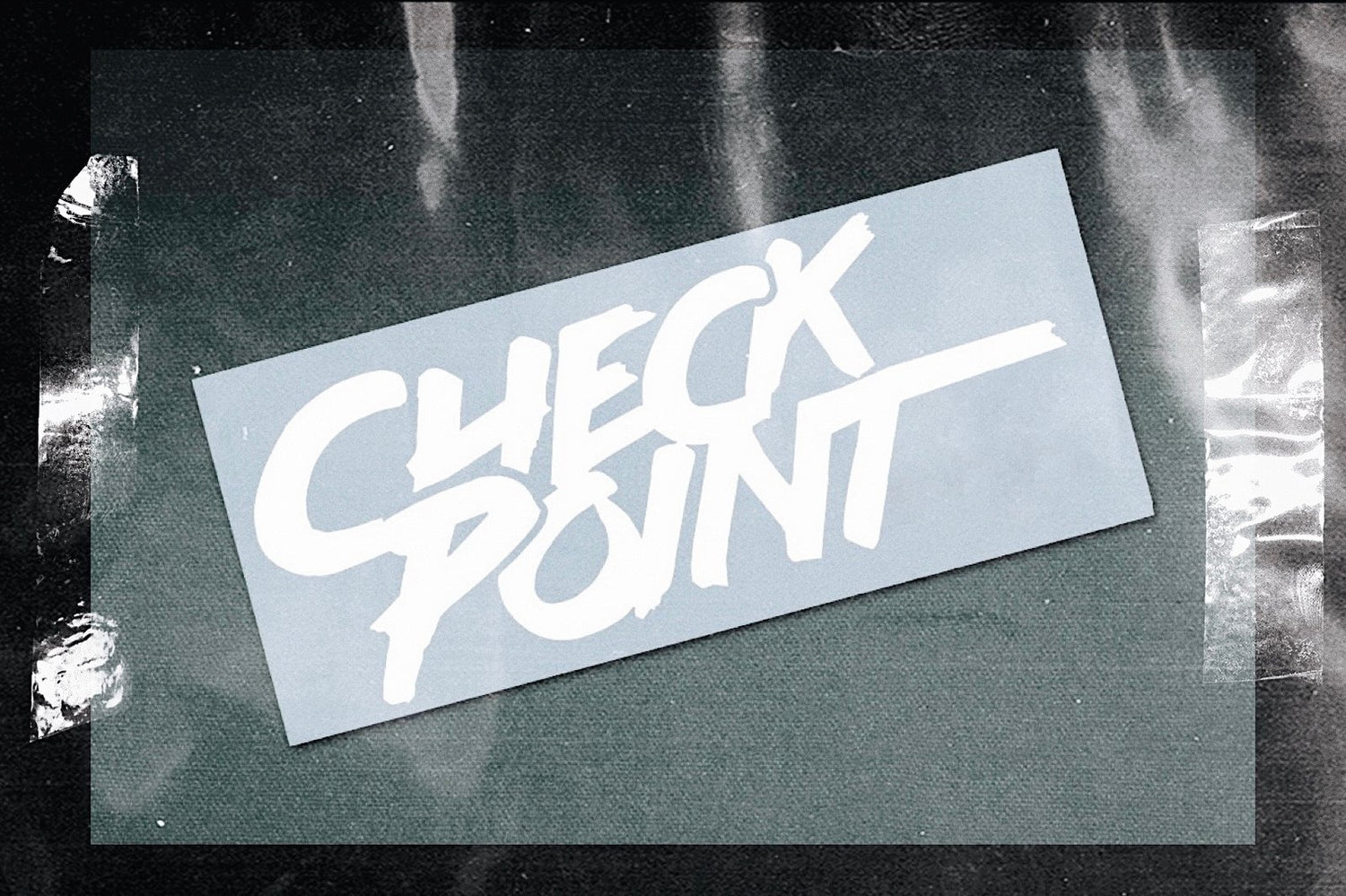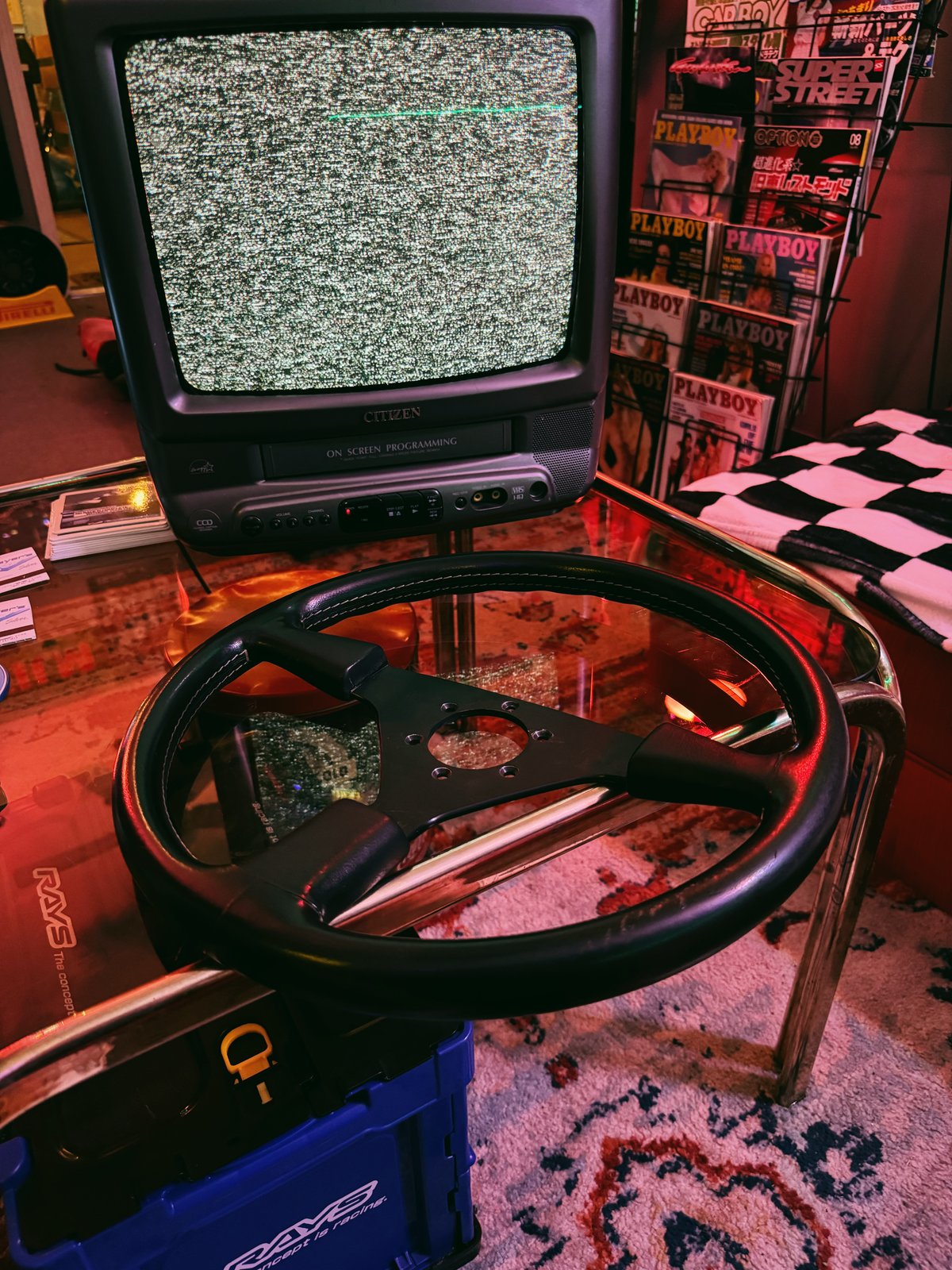
Japan's Smallest Sports Car!
When friends of mine heard that I sold my Nissan S14, complete with a Vertex body kit and SR20DET engine, to go searching for a Honda Beat, I was met with a mix of disbelief and confusion. The transition from a kitted, turbocharged, three-piece wheel-equipped Japanese classic to a tiny kei car isn’t one most car enthusiasts would make lightly.

However, my decision was driven by a combination of practical reasons, emotional connections, and a desire for a different kind of automotive joy. It was time for me to chase something new.

My three-year journey with the S14 began as the re-emergence of a dream. The Nissan S14, with its aggressive styling and SR20DET engine, was me chasing everything that a younger version of myself had felt like he had lost when I sold my R33 Skyline.
However, the excitement and style of the S14 came with its set of challenges. The aging SR20DET swap often demanded meticulous maintenance and frequent repair. As I mentioned in the video, I knew what “doing it right” looked like for the future of the car, but I was not compelled to pull the engine, do a refresh or get a standalone. All of which I felt had become necessities to continue appreciating the car in the way it deserved.

The Honda Beat represents a stark contrast to the S14. As a kei car, it was designed with a focus on efficiency, practicality, and fun, albeit in a different way. The Beat’s 656cc engine might seem laughably small compared to the SR20DET, but at 1550lbs it delivers an entirely unique driving experience.
The Honda Beat is about simplicity and pure driving enjoyment. With its mid-engine layout and lightweight construction, the Beat offers exceptional handling and a go-kart-like feel. It’s a car that encourages you to enjoy the nuances of driving, making every trip, even at lower speeds, enjoyable and exciting.

Selling the S14 and buying the Beat was more than just a change of cars; it was a shift in my perspective. The S14 represented my younger self and his passion for flashy nineties Japanese turbo Nissans, but the Beat embodies the version of myself that through Checkpoint and my trips to Japan has developed an appreciation for simplicity, practicality, and the pure joy of driving, especially when it’s paired with something as unique and culturally relevant as the Honda Beat.

The decision was also influenced by the desire to lean into a few categories of Japanese car enthusiasm that Checkpoint has not yet explored that much: Hondas and kei cars. Checkpoint’s greatest focus has always been on not being stuck in one silo when it comes to cars and our goal has been to showcase as many branches of Japanese car culture as possible. From kaido racers to RWB Porsches to drift cars to imported vans and now kei cars our aspiration to showcase it all has not changed.



